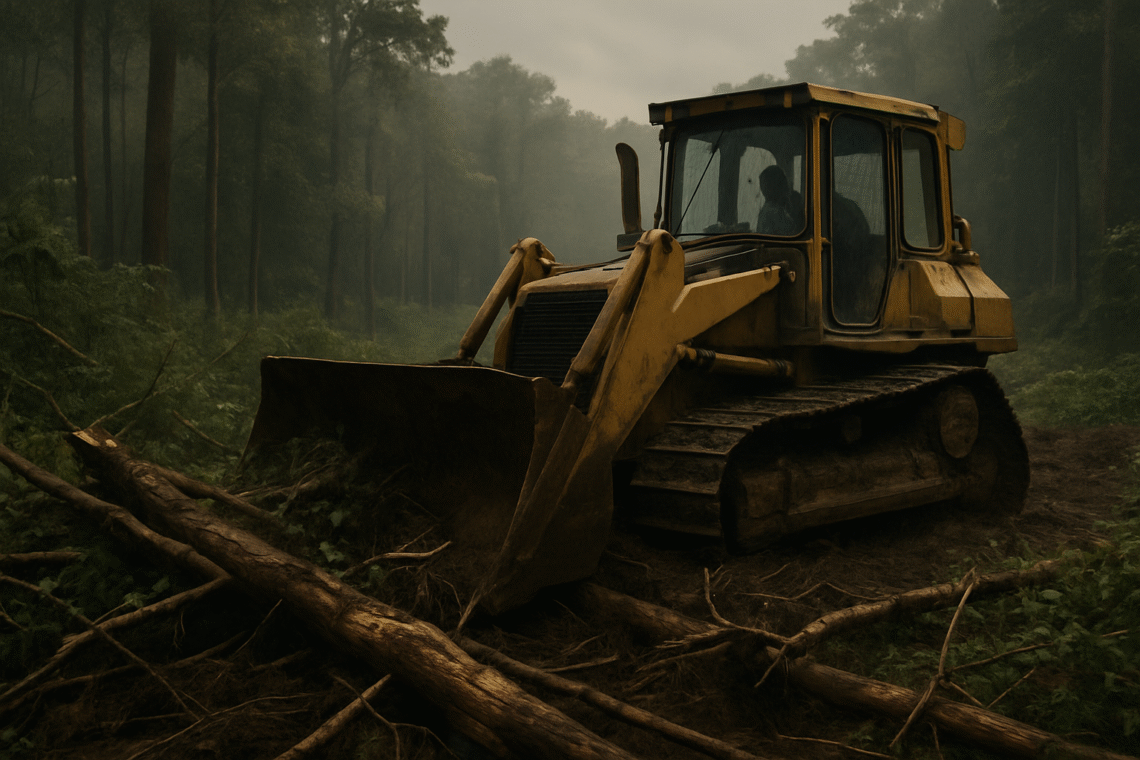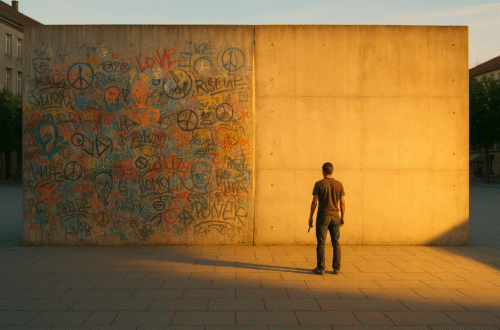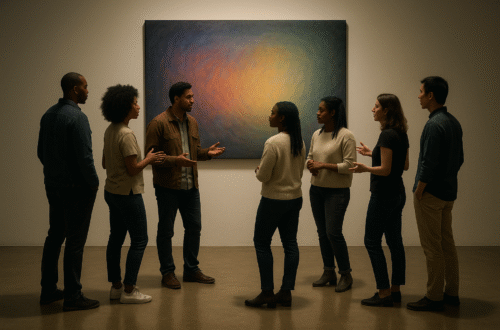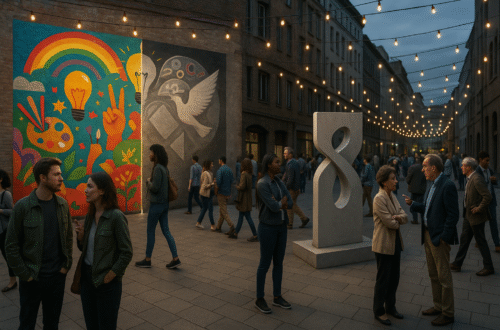On reimagining our place in Creation
A few weeks ago, I found myself wandering through the surreal corridors of Las Vegas—an experience not unlike strolling through a dream stitched together by neon and nostalgia. Quite unexpectedly, I had an encounter of the most peculiar sort: not with the man himself, of course, but with the voice and message of Michael Jackson. I had attended the Cirque du Soleil performance more out of curiosity than conviction, expecting spectacle, movement, and light—and indeed, it delivered all of that in abundance.
And yet, amidst the dazzling acrobatics and thunderous choreography, there came a moment of quiet poignancy. The familiar strains of Heal the World rose above the theatre, and with them, a visual lament: bulldozers raking through once-lush land, roots torn from the earth like memories from a forgotten dream, vegetation stripped bare as if nature herself were being exiled. The imagery was haunting—not in its drama, but in its truth. There, in the most unlikely of places, I was reminded of the world’s aching vulnerability, and of how art—yes, even pop spectacle—can still, at times, press its hand gently against the human conscience.
It was, I confess, a sobering moment.
There are moments, rare but piercing, when one can feel the world grieving. This was one of them.
It is tempting, in such moments, to reach for explanation, climate models, rainfall data, projections. And indeed, the science is clear. The planet is warming, and with it, the loss is mounting, not just in glaciers and sea levels, but in stories, in beauty, in the invisible threads that once tethered us to the living world.
But as I stood there that morning, it struck me that what we face is not merely an ecological crisis, but a relational one. We have not only polluted the earth; we have forgotten how to love it. We have become strangers to the very ground beneath our feet.
Somewhere along the way, perhaps in the name of progress or convenience, we ceased to see the world as sacred. Forests became resources. Rivers became systems. Animals became commodities. Even the air, that most intimate companion, became a dumping ground for our cleverness. We did not set out to desecrate the world. We simply ceased to see it as a place where the divine dwells.
And so, the land mourns.
Yet, amidst the scorched earth, there is still sacred ground. There are still places, and more importantly, people, who remember. Indigenous communities like the Tlingit, Simshian and Haida, whose languages carry the rhythms of the land. Monastics who rise with the sun and pray with their hands in the soil. Children who instinctively crouch beside beetles and name clouds. The world is not yet bereft of reverence. But it is thin, and it needs tending.
To be a curator of hope in this ecological age is not only to advocate for sustainability—it is to cultivate sacramentality. It is to see the world not as a machine to be mastered, but as a mystery to be met. It is to let one’s heart be broken open by beauty, and then to live as if beauty matters.
I remember a botanist I once met in the lake district, an elderly woman who had catalogued mosses for most of her life. When I asked her why moss, of all things, she replied simply, “Because no one else was paying attention.” There was no drama in her voice, only devotion. That, I think, is the quiet vocation of hope: to pay attention where others no longer look.
And this attention is not simply aesthetic. It is formative. When we begin to see creation as sacred, we treat it differently. We tread more lightly. We consume more mindfully. We restore what has been harmed, not because it is useful, but because it is beloved.
This is the slow revolution of hope, not grand gestures, but small acts of faithfulness. A garden planted. A tree protected. A habit changed. A walk taken not to go anywhere, but simply to belong.
The land is not asking us for pity. It is asking for companionship. And perhaps, if we are willing, we may find our way back to belonging, not as lords of the earth, but as its kin.
This week, I invite you to rekindle reverence.
Visit a patch of earth, be it garden, park, or forest, and spend time with it. Learn the names of three living things there. Not their Latin designations, but names of affection: old oak, busy sparrow, cracked stone. Speak them aloud. Offer thanks.
Then, take one small act in honour of that place: pick up litter, plant a native flower, commit to reducing waste in your home. Not out of guilt, but out of love.
For to reimagine our place in creation is to return not with shame, but with humility. Not as trespassers, but as pilgrims.
Hope begins, I believe, wherever reverence is restored.





